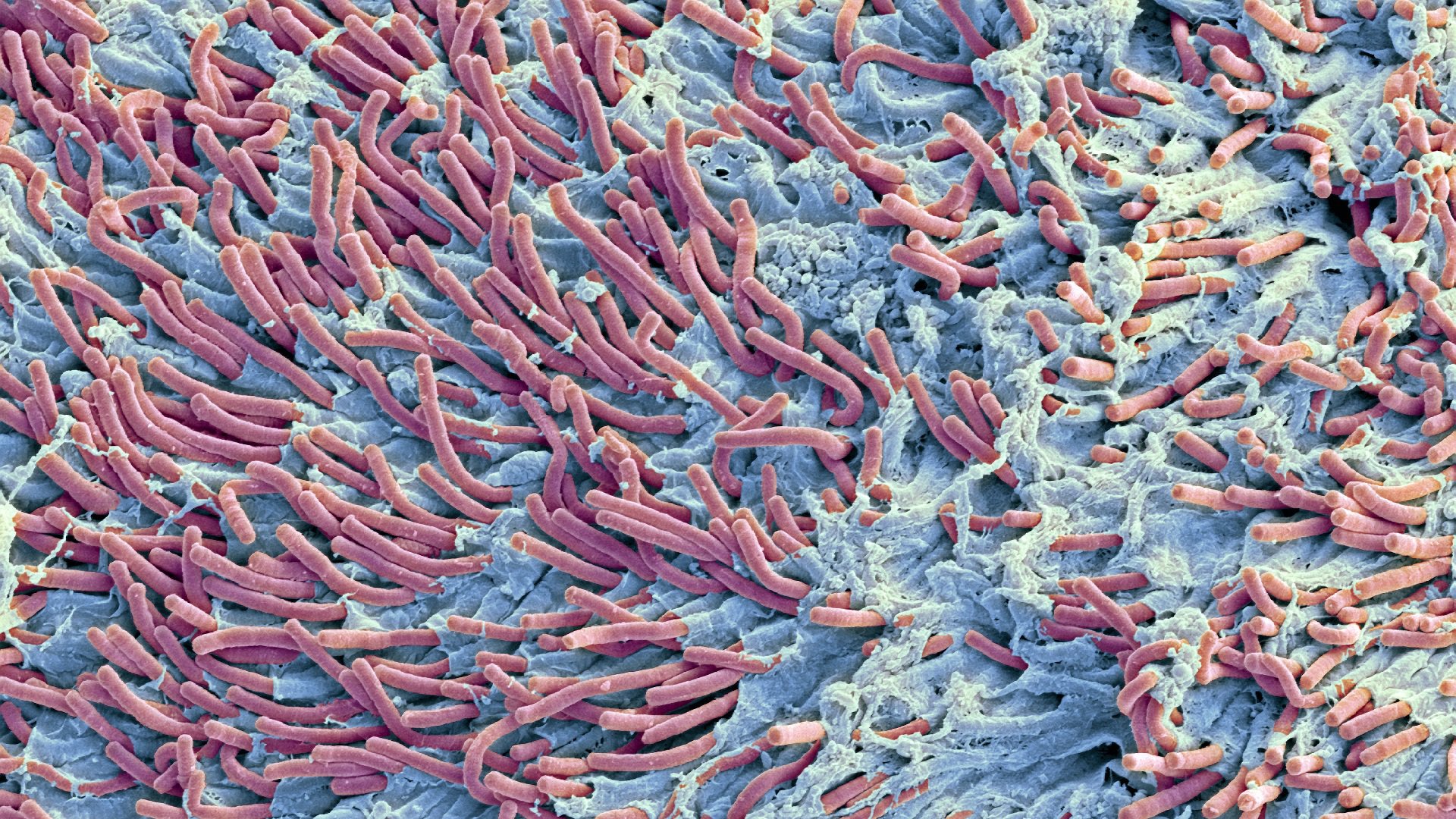Biofilms are all around you. And no, they are not the latest ecological blockbuster from Hollywood, but rather layers made up of countless microbes. The dental plaque on your teeth is one example.
Biofilms are all around you. And no, they are not the latest ecological blockbuster from Hollywood, but rather layers made up of countless microbes. The dental plaque on your teeth is one example.
The matrix
Biofilms are an accretion of microbes that adhere themselves to a surface. These microbes produce slimy layers of long sugar chains known as polysaccharides. The result is a complex community of microbes enclosed in a slimy connective layer. This layer is known as the matrix.
Protection
The biofilm forms a protective environment that enables microbes to survive in the most unpleasant settings. For microbes, currents, antibioticsand predators are constant threats. The slimy matrix also offers protection against heavy metals and UV rays.
Individual role and place
Biofilms often consist of different types of microbes. While most of these are bacteria, archaea and yeasts can be found in biofilms as well. Each microbe within this community has its own specific role and place. Some microbes, for instance, are the best at sticking to a substrate, while others are responsible for creating the slimy layer.
3.5 billion years old
One remarkable form of biofilm is what's known as a stromatolite. Because their matrix includes sediment, such as sand, these biofilms are quite thick. The biofilms grow in alternating soft and hard layers, allowing stromatolites to reach heights of over two metres. This form of symbiosis is very old: fossils have been found of stromatolites that lived over 3.5 billion years ago.

